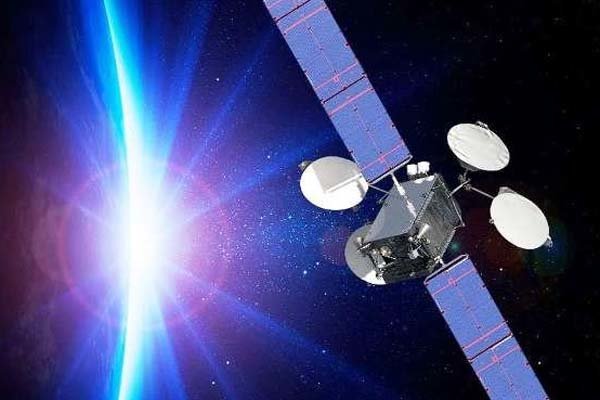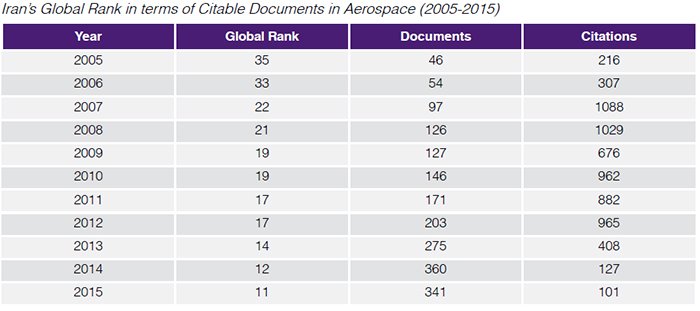Iran’s minister of communications and information technology says three domestically developed satellites are waiting their turn to be launched into orbit.
“One satellite is also ready to be launched,” said Mohammad-Javad Azari Jahromi as quoted by the Persian-language Tasnim News Agency.
He thanked students at the Sharif University of Technology for having contributed to the development of the satellites.
“This satellite, which is ready to be put into orbit, is the achievement of local elite,” he noted.
“There is good potential in the country, and we are a leading nation in the field of research in the domain of remote-sensing and telecoms satellites,” the minister further said in a ceremony on Saturday, February 3, marking National Space Technology Day.
Meanwhile, Deputy Head of the Iranian Aerospace Association Farshad Pazouki said Iran is among the top ten countries in the world in terms of space technology.
“February 3 was designated as National Space Technology Day due to the successful launch of the Omid (Hope) satellite, which took us (Iran) into the world’s space club, and this is an honour that not just any country can achieve,” he said.
Iran successfully launched into orbit its first indigenous data-processing satellite, Omid (Hope), back on February 2, 2009.
As part of a comprehensive plan to develop its space program, Iran also successfully launched its second satellite, dubbed Rassad (Observation), into the earth’s orbit in June 2011. Rassad’s mission was to take images of the earth and transmit them along with telemetry information to ground stations.
The country’s third domestically-built Navid-e Elm-o Sanat (Harbinger of Science and Industry) satellite was sent into orbit in February 2012.
In January 2013, Iran sent a monkey into space aboard an indigenous bio-capsule code-named Pishgam (Pioneer).
And later in December 2013, the country’s scientists successfully sent a monkey, called ‘Fargam’ or Auspicious, into space aboard Pajoheshan (Research) indigenous rocket and returned the live simian back to earth safely.
The Islamic Republic plans to achieve the first place in the region and a leading global position in terms of space sciences and technologies and become a regional hub in this regard.
According to the data released by Iran’s Vice-Presidency for Science and Technology, the country’s scientists have managed to improve Iran’s global ranking in aerospace research papers from 35th in 2005 to 11th in 2015.
The following table shows the country’s rank in terms of citable documents in the world:

